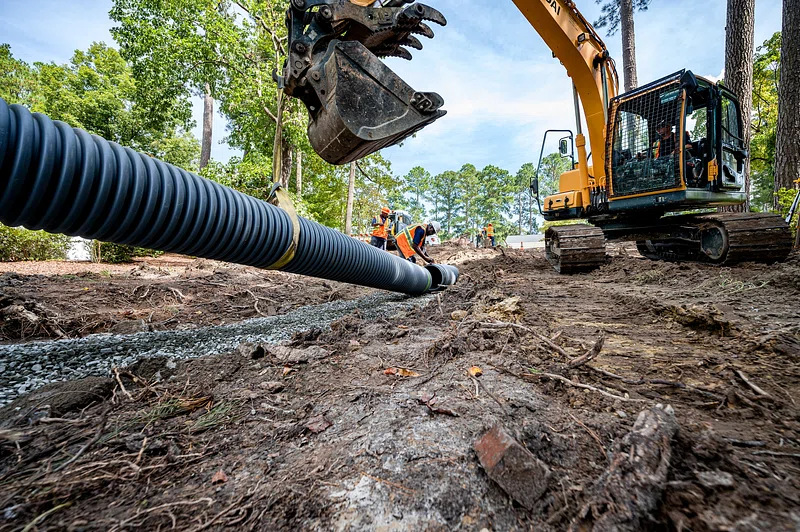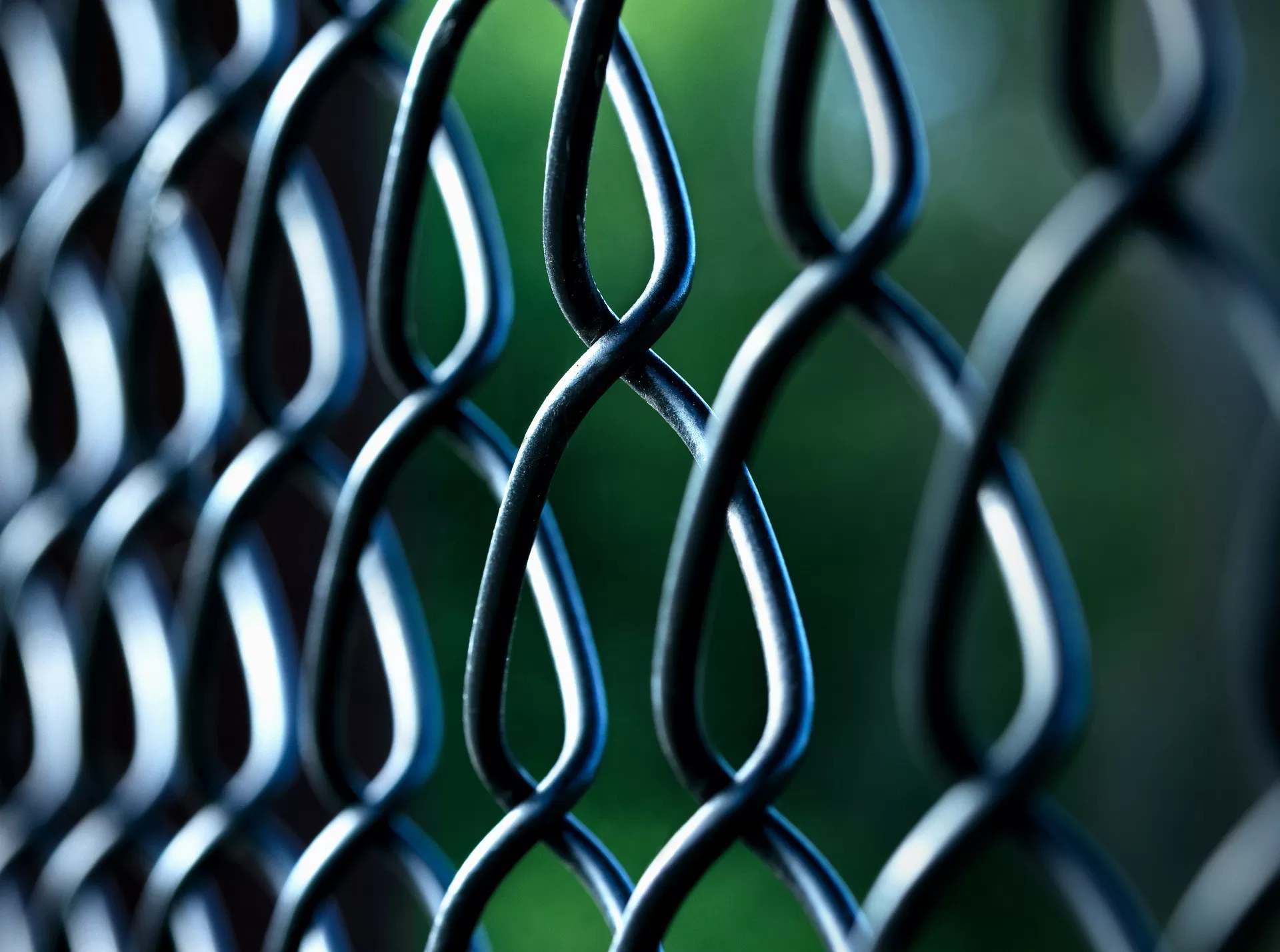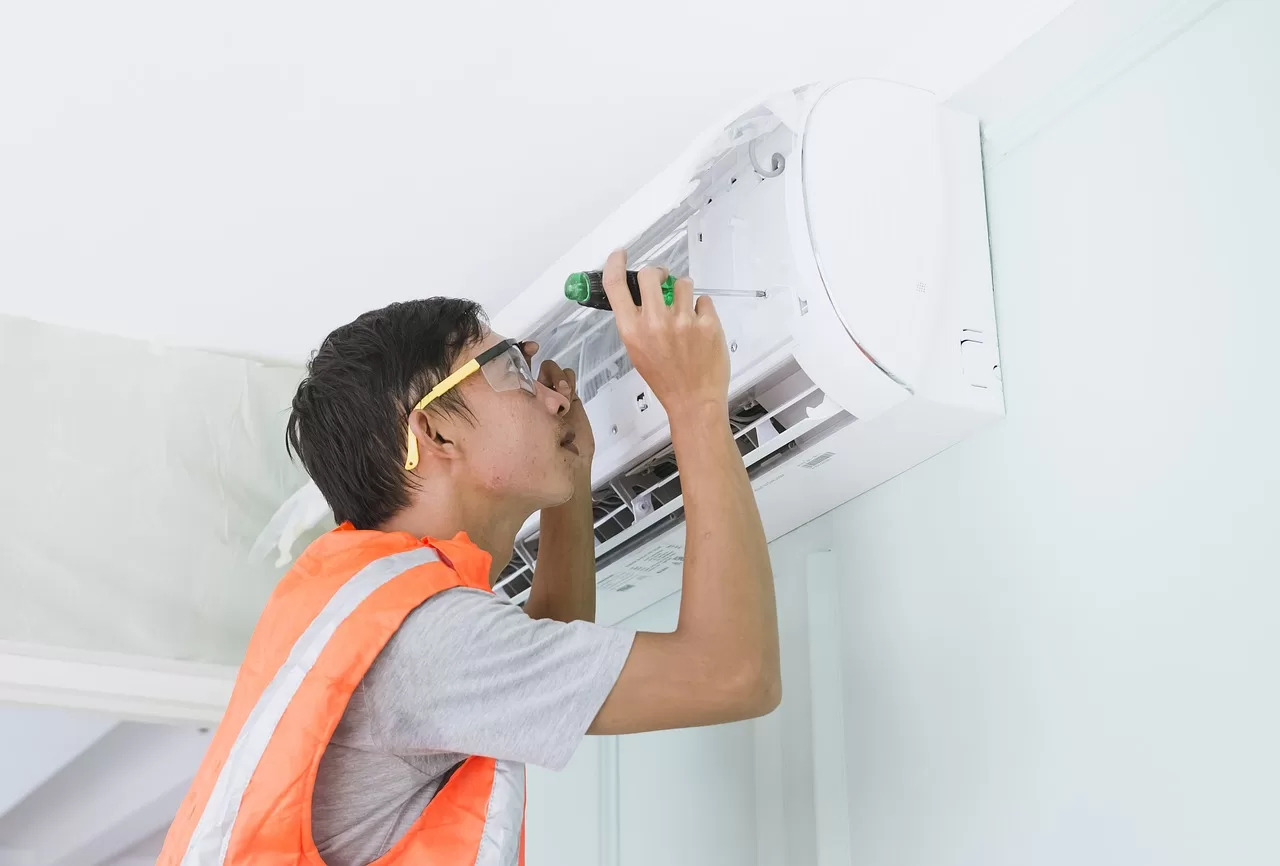Oil and gas pipeline construction projects are complex and hazardous endeavors that require careful planning and execution. The construction of pipelines involves a multitude of activities, including excavation, welding, and inspection.

These activities pose various risks to workers, the environment, and the surrounding communities.
Therefore, it is important to ensure that all work is performed by professionals who follow all safety guidelines and also use appropriate safety equipment like hard hats, protective eyewear, etc.
In this article, we will discuss how to ensure safety in oil and gas pipeline construction projects.
1. Conduct a Comprehensive Risk Assessment
Prior to commencing any pipeline construction project, a comprehensive risk assessment should be conducted. This assessment should identify potential hazards and assess the level of risk associated with each hazard.
It should take into consideration factors such as the type of terrain, weather conditions, and the presence of nearby infrastructure or communities.
By understanding the risks involved, project managers can develop appropriate safety protocols and allocate resources accordingly.
2. Provide Adequate Training and Education
One of the most effective ways to ensure safety in pipeline construction projects is to provide workers with adequate training and education.
Workers should be trained on the proper use of equipment, tools, and machinery, as well as safety protocols and emergency procedures. Regular training sessions and safety drills should be conducted to reinforce knowledge and skills.
You can contact woodwayenergy.com they ensure that all workers involved in the pipeline construction project are adequately trained and familiar with safety protocols and regulations pertaining to the job.
Additionally, workers should be educated on the potential hazards they may encounter during construction and how to mitigate those risks.
Read Also:
3. Implement a Comprehensive Safety Management System
A robust safety management system is essential for ensuring safety in oil and gas pipeline construction projects. This system should include clear policies and procedures that are communicated to all project stakeholders.
It should also establish accountability and responsibility for safety, with designated personnel responsible for overseeing safety protocols and conducting regular inspections.
The safety management system should also include mechanisms for reporting incidents and near-misses, as well as a process for investigating and addressing safety concerns.
4. Regularly Inspect and Maintain Equipment
Regular inspection and maintenance of equipment is crucial to prevent accidents and ensure the safe operation of pipeline construction projects.
Equipment should be inspected before each use to identify any defects or malfunctions that may pose a risk. Additionally, routine maintenance should be conducted to address any issues and ensure that equipment is in proper working order.
This includes regular calibration of instruments and testing of safety systems. Any faulty equipment should be immediately taken out of service and repaired or replaced as necessary.
5. Promote a Culture of Safety
A strong safety culture is essential for ensuring the long-term success of oil and gas pipeline construction projects. This culture should prioritize safety above all else and be embraced by all project stakeholders, from management to workers.
Safety should be incorporated into every aspect of the project, from planning and design to execution and completion.
Regular safety meetings and toolbox talks should be conducted to discuss safety concerns and reinforce the importance of safe work practices. Workers should be encouraged to report any safety hazards or concerns without fear of reprisal.
6. Implement Environmental Protection Measures
Oil and gas pipeline construction projects can have a significant impact on the environment if not properly managed. Therefore, it is essential to implement environmental protection measures to minimize the impact of construction activities.
This includes implementing erosion and sediment control measures, proper disposal of waste materials, and adherence to environmental regulations and permits.
Additionally, steps should be taken to protect sensitive habitats and minimize disruption to ecosystems. Regular environmental monitoring should be conducted to ensure compliance with environmental standards and identify any potential risks or hazards.
7. Collaborate with Local Communities
Engaging and collaborating with local communities is essential for ensuring the safety of oil and gas pipeline construction projects.
Local communities should be informed about the project, its potential impacts, and the safety measures in place to mitigate those impacts. Regular communication should be maintained throughout the project to address any concerns or questions from the community.
Additionally, local stakeholders should be involved in the decision-making process and provided with opportunities for input and feedback.
This collaborative approach can help build trust and ensure that the project is carried out in a manner that is safe and respectful of the local community.
Conclusion
Ensuring safety in oil and gas pipeline construction projects requires a proactive and comprehensive approach.
By conducting a thorough risk assessment, providing adequate training and education, implementing a robust safety management system, regularly inspecting and maintaining equipment, promoting a culture of safety, implementing environmental protection measures, and collaborating with local communities, the risks associated with pipeline construction can be minimized.
By prioritizing safety, pipeline projects can be completed successfully while protecting the well-being of workers, the environment, and surrounding communities.









